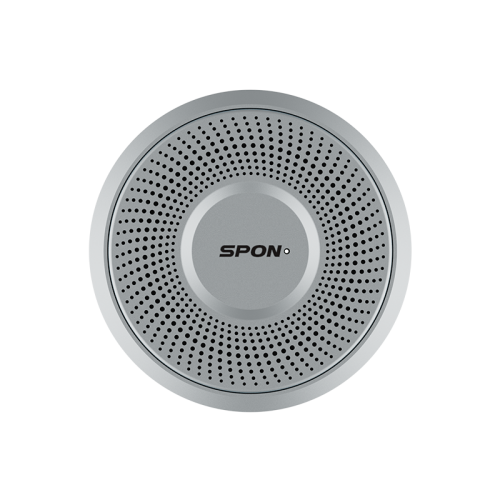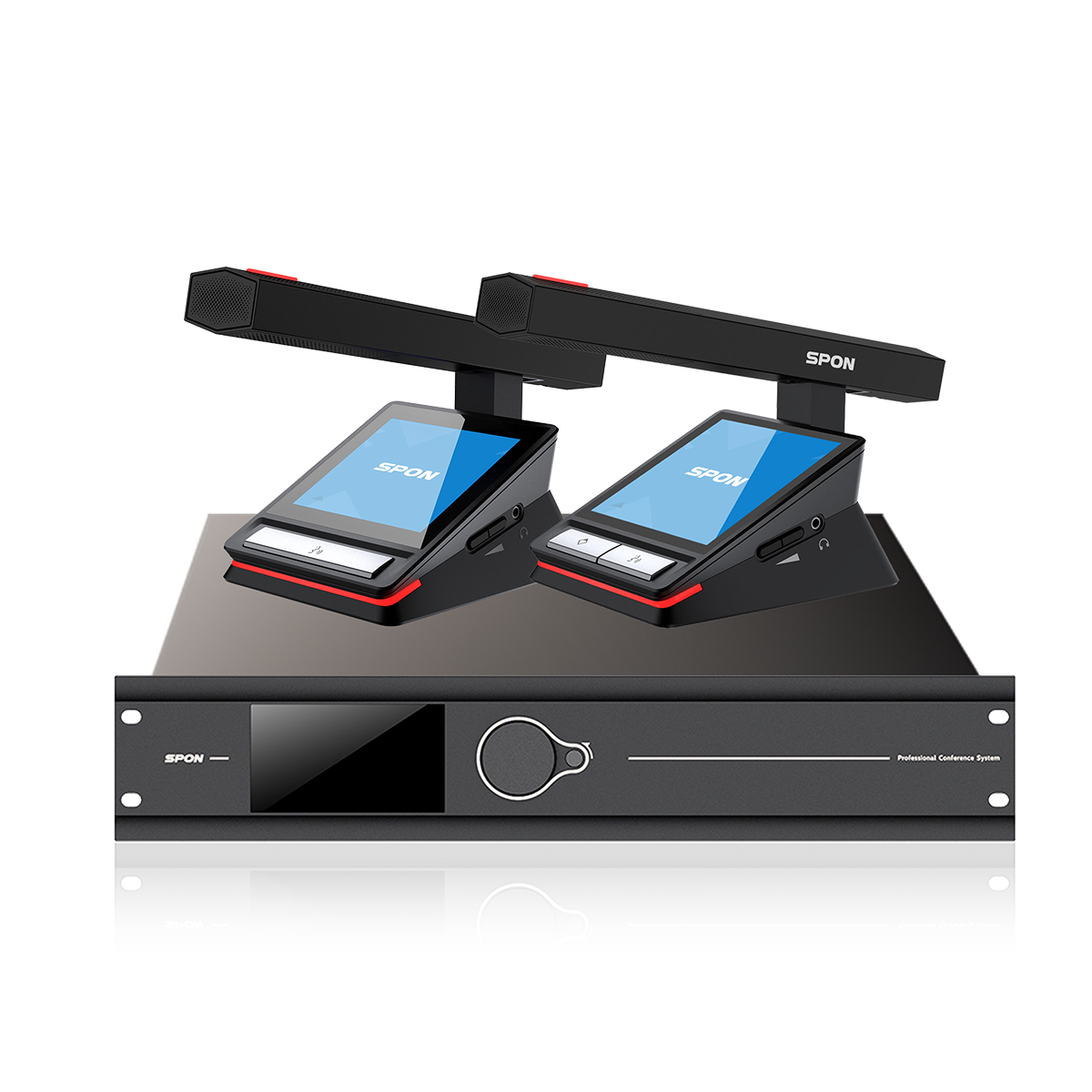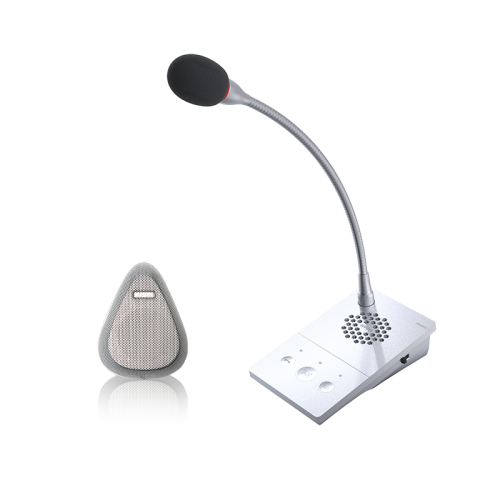Discover the Perks of Using an IP Speaker for Clearer Announcements
Discover the Perks of Using an IP Speaker for Clearer Announcements
Blog Article
Comprehensive Overview to Public Address Systems
Public address (PA) systems are frequently come across in different jobs such as workplace buildings, household complicateds, commercial office buildings, schools, healthcare facilities, train terminals, airport terminals, bus stations, banks, and manufacturing facilities - IP PA System. This overview will certainly supply an in-depth overview of PA systems

Components of a System
No matter of the type of PA system, it typically contains four main components: source equipment, signal amplification and processing equipment, transmission lines, and speaker systems.
Source Devices
Songs Players: Made use of for background music.
Microphones: Consists of zone-select microphones and standard microphones.
Voice Storage Space Devices: For storing company and emergency situation broadcast messages.
Signal Processing and Amplification Devices
Audio Signal Processor: Manages audio signal settlement, attenuation, equalization, etc.
Pre-Amplifier: Pre-amplifies audio signals.
Power Amplifier: Enhances audio signals to drive audio speakers, supplying continuous voltage outcome.
Transmission Lines
The solution monitoring platform software allows the monitoring facility to apply centralized administration over the broadcast and intercom communication systems. It facilitates real-time gadget status tracking, mistake diagnosis, and troubleshooting, strengthening system dependability and uniformity.
Audio speakers
Ceiling Audio Speakers: Indoor, flush-mounted in the ceiling, continuous voltage or consistent resistance.
Wall-Mounted Speakers: Wall-mounted, continuous voltage or consistent impedance.
Column Audio Speakers: Free-standing, appropriate for interior or outdoor usage.
Horn Speakers: High level of sensitivity, suitable for indoor or outdoor usage.
Masked Audio speakers: For outside settings like parks or yards, developed to look like mushrooms, stumps, or rocks.
Audio Technical Requirements of PA Solutions
In daily environments, regular audio stress levels are:.
• Workplace sound: 50-60 dB.
• Regular conversation: 65-70 dB.
• Fabric manufacturing facility noise: 110-120 dB.
• Little quality shooting: 130-140 dB.
• Large jet aircraft sound: 150-160 dB.
Signal-to-Noise Proportion (SNR)
SNR measures the proportion of the signal voltage to sound voltage, shared in decibels. A greater SNR suggests much less noise and better audio quality. Typically, SNR should be at the very least 63 dB, with high-fidelity speakers getting to over 110 dB.
Input Sensitivity
This is the minimum input voltage required to attain the ranked outcome power. Higher level of sensitivity implies much less input signal is required. Typically, power amplifiers have an input sensitivity of 0.775 V (0 dB) to 1.5 V (+6 dB).
Maximum Result Power (Audio Speakers)
The maximum power a speaker can take care of simply put bursts without damages.
Rated Power (Audio Speakers)
.
The continual power a speaker can take care of without distortion, determined in watts (W) Rated power is an average value, and audio speakers can handle peak power as much as 2-3 times the ranked power.
Constant Voltage vs. Constant Impedance Outputs
Constant Voltage (70V or 100V)
Makes use of voltage to drive audio speakers, allowing longer transmission distances and multiple audio speakers in parallel. However, audio quality is somewhat inferior compared to consistent resistance systems.
Power amplifiers have to match the voltage ranking of the audio speakers to prevent damage.
Constant Resistance.
Uses existing to drive speakers, providing far better sound top quality however restricted transmission range (approximately 100 meters)
Insusceptibility matching is essential; for instance, an 8Ω amplifier ought to be matched with 8Ω audio speakers.
Choose and Configuring Audio Speakers
Audio speaker Choice
Indoor Spaces with Ceiling: Usage flush-mounted ceiling audio speakers without a rear cover.
Indoor Spaces with Just a Framework: Usage ceiling speakers with back covers or hanging ball-type speakers.
Exterior Locations: Usage weatherproof column audio speakers or horn audio speakers.
Parks and Gardens: Use concealed audio speakers made for visual objectives.
High-End Interiors: Use stylish hanging speakers.
Fire-Safe Areas: Usage fireproof audio speakers with covered layouts.
Audio speaker Configuration
Audio speakers ought to be dispersed evenly throughout the solution location to ensure a signal-to-noise proportion of at the very least 15 dB. Typical history noise degrees and suggested speaker placement are:.
High-end office hallways: 48-52 dB.
Big purchasing malls: 58-63 dB.
Active street areas: 70-75 dB.
Speakers should be placed to guarantee a sound stress level of 80-85 dB in the majority of settings. Ceiling audio speakers need to be spaced 5-8 meters apart, or 8-12 meters for background songs just. For emergency broadcasts, guarantee that no area is even more than 15 meters from the closest speaker.
Amplifier Sizing
Computation Approach:
For service and business PA systems: P= K1 × K2 × ΣPo where:.
P = Total amplifier output power (W)
K1 = Line loss payment variable.
K2 = Aging variable (1.2-1.4)
ΣPo = Total power need.
For emergency alarm systems, use 1.5 times the overall number of speakers.
Instance Estimation:
For a history songs system with 10 audio speakers at 20W each: P= 1.26 × 1.2 × 10 × 20W × 0.7= 211W.
Last amplifier capability should be 1.3 times this worth: 211W × 1.3= 274W
Installation Demands
Speaker Positioning
Speakers must be uniformly and strategically distributed to satisfy protection and audio high quality requirements
Power Supply
Tiny PA systems can make use of routine power outlets, while systems over 500W call for a committed power supply. Power must be steady, with automated voltage regulatory authorities if necessary. The power supply ought to be 1.5-2 times the equipment's power usage
Cord and Conduit Setup
Use copper-core cords for signal transmission. Cables need to be secured and directed through proper avenues, avoiding interference from electric lines. Ensure appropriate separation in between power and signal lines.
Lightning Security and Grounding
PA systems call for correct grounding to stop damage from lightning and electric interference. Usage committed basing for tools and guarantee all basing actions satisfy safety and security requirements
Installation Quality
Cable and Port Quality
Use high-grade wires and ports. Ensure connections are secure and properly matched to prevent signal loss or interference.
Speaker Links
Keep proper stage placement in between speakers. Use reliable techniques for connecting wires, such as incurable or soldering blocks, and secure links from environmental damage.
Grounding and Security Checks
Confirm all grounding is properly set up and inspect the security of power connections and equipment settings. Perform thorough inspections before finalizing the setup.
Checking and Adjustment
Examine the whole system to make certain all components function appropriately and meet style specs. Change settings as needed for optimal efficiency.
Workmanship Demands for Public Address Equipments
Building And Construction Quality Requirements
The quality of building in a public address (PA) system job is vital to satisfying style specs and user demands. Therefore, it is necessary to strictly adhere to the design strategies, stick to standards, prevent rework and delays, and maintain comprehensive building logs. Secret locations to focus on consist of:
Wire Selection and Installment
Throughout the construction of a system, attention is commonly concentrated on devices, yet the choice of transmission cable televisions is additionally important for accomplishing acceptable audio high quality. Top quality broadcasting devices (amplifiers, speakers, etc) is required, but the top quality of the transmission cable televisions also influences audio top quality.
Parallel speaker wires have fundamental capacitance between the wires, which is IP PA System not appropriate for long-distance transmission as it can undermine high regularities and create uncertain or muffled high audios. Twisted pair wires can efficiently conquer this problem and needs to be used for long-distance transmission.
Shielded twisted pair cable televisions protect against electromagnetic interference and improve cable toughness, making them appropriate for long-distance installations. Thicker cables decrease transmission loss however rise cost and installment problem.
Usage well balanced links for all signal connections between PA system tools, with soldered endpoints.
For systems with fire alarm functions, use flame-retardant or fire-resistant copper-core cable televisions.
Cables should be routed through steel avenues or cable trays, and ought to not share trays with illumination or power lines. When splicing is required, use specialized adapters and leave sufficient cable size at both ends with clear permanent markings.

Connecting Speakers and Program Lines
When connecting audio equipment, it's crucial to ensure stage uniformity in between speakers and program lines. Phase interference between speakers can create considerable variants in audio stress levels, leading to irregular audio circulation. Therefore, stick strictly to circuitry tags and standardized link methods
.
Three usual connection techniques in PA systems are:.
Turning Technique: Stripping insulation from cords, turning them with each other, and safeguarding them with tape or clamps. This method is easy but might degrade over time.
Screw Terminal Method: Removing insulation and placing cords into screw terminals, after that tightening up the screws. This approach is typically utilized.
Soldering Approach: Stripping insulation, twisting cables, and soldering them with each other, then covering with tape. This method is much more appropriate and trustworthy for high-demand or moist atmospheres.
No matter the technique, usage tinned cord to facilitate soldering and protect against corrosion. Use PVC or metal avenue to secure revealed cables from junction boxes to audio speakers.
System Grounding
To reduce interference from the power system, separate protective and operational groundings must be developed. Advised method is to set up different copper strips for weak and solid electric systems in their respective vertical shafts.
The total grounding resistance ought to not exceed 1Ω.
Building Assessment
Because of the intricacy of PA systems with countless links and components, complete inspection is required. General examinations ought to include:
Safety checks of devices setup.
Confirmation of power line configurations (IP Speaker).
Accuracy of discontinuations and links
Special focus ought to be provided to device settings, such as impedance matching activate audio speakers. Validate that switches are established appropriately to stay clear of damages. Examine the outcome selection activates signal source gadgets, settings on signal handling equipment, amplifier linking switches, and power supply setups.
When these actions are validated, prepare for tools debugging. Because debugging techniques differ based upon details task requirements, they are not covered carefully here.
Top quality Records
Certificates, technological specs, and documentation for audio speakers, units, transformers, controllers, outlets, amplifiers, audio processing equipment, shielded cables, etc.
Pre-installation, covert evaluation, self-inspection, and mutual assessment documents.
Records of style changes and final illustrations - IP Paging Microphone.
Quality examination and evaluation documents for channel and cable installation
Records of PA system installment and debugging.
Major Installment Demands
Equipment Installment Order
Place regularly made use of tools like the primary broadcast controller at the top for easy accessibility. For even more complex systems with a 2.0-meter cabinet, placement often made use of devices in between 0.8 to 1.5 meters for ease.
Devices Connection Order
Attach the computer system to the primary broadcast controller. Audio lines commonly link directly to the input of the preamplifier or the initial channel of the mixer. The mixer outcomes are dispersed to each amplifier, and if using pure power amplifiers, connect to the INPUT sound input. Amplifier results after that attach to addressable terminals, area control boxes, or area selectors, and lastly to the speakers
.
Wiring Factors to consider
For considerable circuitry, different audio and power lines utilizing different suppliers' cables can help avoid confusion. Strategy circuitry beforehand to avoid missing cable televisions, which would certainly need redoing the whole setup.
Power Supply
Use a committed power sequencer for PA systems to make sure uniform power management and constant device start-up sequences. The main power supply must consist of a ground line to shield tools and prevent static-related threats
Devices Option
Do not rely entirely on look; take into consideration customer reviews and market online reputation. Products from credible makers with substantial testing and experience are typically much more dependable
Wireless Microphones
For wireless microphones, select UHF designs for much better range and signal stability. For mobile use, prefer headset microphones.
Link Cords
Usage strong links for longevity and avoid relying upon adapters, which can trigger loosened connections with time. Properly solder links to ensure toughness and ease of maintenance.
Cupboard Installation
If utilizing deep power amplifiers, make certain the cabinet dimensions (e.g., 600x600mm) are compatible with the equipment. Action closet deepness and spacing prior to setup.
Correct planning, high-grade tools, and precise setup and maintenance are essential to achieving ideal audio quality and trusted efficiency in a PA system.

Audio speakers need to be placed to make sure an audio stress degree of 80-85 dB in the majority of atmospheres. When attaching audio tools, it's critical to make certain stage uniformity between audio speakers and program lines. Phase interference in between audio speakers can trigger considerable variants in audio stress levels, leading to unequal sound distribution. Amplifier results then connect to addressable terminals, zone control boxes, or zone selectors, and ultimately to the speakers.
Report this page